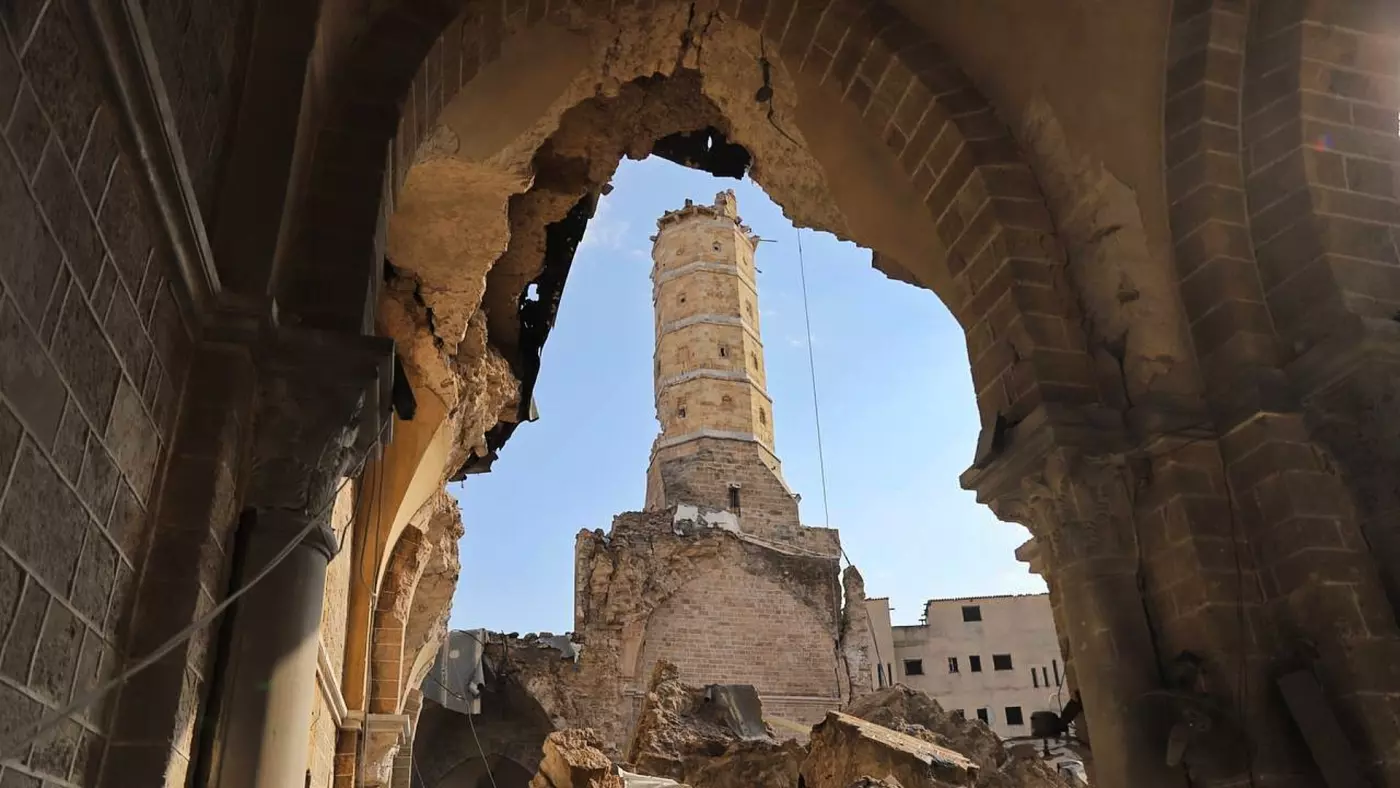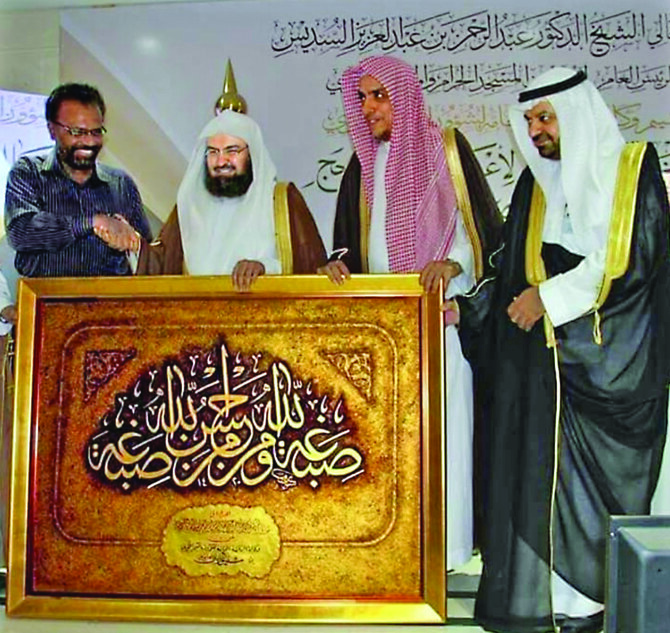My new place in Hyderabad, India, is a little, two-story affair that looks rather large to us after spending seven years in a two-bedroom apartment in Dubai. It’s not great, but offers a rare view of the magnificent Golconda Fort built by the Qutub Shahis. When threatened by the Moghals, the last Qutub Shahi King Abulhassan Tana Shah withdrew himself to the fort and fought a long and hard battle against a far more superior and larger army led by Emperor Aurangzeb himself.
Not surprisingly, when the siege of Golconda began, the 100,000-strong Moghal army had not anticipated much resistance, let alone a long and debilitating engagement with the rag-tag Qutub Shahi army. The Moghals ran into a fierce wall of resistance led by the valiant Qutub Shahi commander, Abdul Razaq Larry, who kept the flag flying on the fort for more than eight months at a huge personal cost.
Golconda finally fell to the Moghals in September, 1767, after they managed to buy the loyalties of a couple of Qutub Shahi generals despite tremendous sacrifices by Larry, who nearly died fighting the invading army with his entire family.
The dynasty that Larry fought to protect lies buried next to the Golconda Fort, what is known as Gumbadan-e-Shahi, or more popularly as Saat Gumbad (Seven Tombs). The last abode of Quli Qutub Shah, the founder and the architect of Hyderabad including its architectural marvels Charminar and Makkah Masjid, and six of his successors is only a stone’s throw away from my place — literally.
Standing on my terrace these days as the rest of India desperately prays for rains, I often watch the sun set behind the still imposing Golconda Fort and the grand Seven Tombs that stand guard over the city built by their sleeping residents.
Although this entire country is steeped in history, five thousand years of it, Hyderabad lives and breathes history like no other city does, perhaps with the exception of Delhi. This city of nabobs and kebabs is not merely about its legendary cuisine, including the fabled biryani and haleem, or even its grand palaces. Hyderabad is a state of mind and it’s far from dead.
This may be why while the unique Indo-Islamic culture that came into being with the arrival of Muslims has all but disappeared from its traditional centers like Delhi, Lucknow and elsewhere, it continues to thrive and blossom in this fascinating city.
Urdu, the heady brew of a language that was born out of a willing union of Persian, Sanskrit, Arabic and the folksy Khadi Boli, is a living tribute to that fascinating encounter between Islam and India.
Urdu or Hindustani, as Mahatma Gandhi liked to call it, happens to be the language of Bollywood, the world’s biggest movie industry. It remains the lingua franca of majority of Indians, although in its more Sanskritized form it metamorphoses into Hindi, the country’s official language.
This great language is fast dying in north of the country in its written form, especially in Uttar Pradesh and Bihar. It has been banished to occasional mushairas (poetry reading sessions) and Indian Parliament where politicians — even those from BJP — love to invoke greats like Ghalib, Iqbal and Faiz to make their point.
However, the Urdu language and the culture that gave birth to it continue to flourish in Hyderabad and districts around it. The city is home to three of India’s largest selling and world-class Urdu newspapers and countless other publications and research centers.
What never ceases to intrigue me though is the fact how early Muslims built these great centers of civilization and culture in a seemingly alien landscape. If Hyderabad happens to be far from the original cradle of Muslim power and civilization in the north, centers like Mysore, once ruled by the legendary Tipu Sultan, and Bijapur down south are even more distant.
How did they do it? Surely, all this couldn’t have been accomplished by way of the sword, as many today tend to suggest. You cannot create such rich cultural legacy and phenomenon of a civilization at gunpoint. It needs and thrives in peace and social harmony, which underpinned the long Muslim rule in India regardless of what our Sangh Parivar friends would like to believe.
What early Muslims in India — in fact wherever they went — did was to win hearts and minds of people. Watching the Emraan Hashmi controversy unfold over the past couple of weeks, I have repeatedly wondered why Muslims have become so unwelcome in the land, which has been their home for nearly a thousand years.
Commenting on the Bollywood star’s complaint of “religious discrimination” in Mumbai last week, yours truly had stuck out his neck to suggest Muslims had no option but to break out of their mental ghettoes and do more to end their isolation in India and elsewhere.
Now this seems to have upset some of my fellow travelers, who have been particularly offended by the word “host societies” suggesting it implied Muslims are “invaders” or guests in this country. (One particularly emotional reader has even accused me of being a “secret agent of anti-Muslim forces,” out to create intellectual confusion and disillusionment in the community!)
Perhaps, I should have been more discerning and nuanced in my choice of words. But I still believe, and firmly so, that the myriad problems we face as a community today can be confronted by reaching out and integrating and communicating more effectively with our neighbors and society at large.
Inclusion, and not isolation, is the way forward, whether you happen to be in India or Indonesia — or even in the West. A million misconceptions, prejudices and complete lies can be tackled, if only we communicated and interacted more with the people around us.
This is what early Muslims did wherever they went. They personified their beliefs and won hearts and minds with their character, behavior and actions. The Arab fishermen who landed on India’s Malabar coast were simple folks. They didn’t know reading or writing, let alone the local language.
Yet they bowled over local people with their honesty and simplicity. It was thanks to people like them and the message of love and peace by pious men of God like Khaja Moinuddin Chishti of Ajmer and Nizamuddin of Delhi that Islam spread and blossomed in the subcontinent, not because of the long swords of Moghals or Turks.
Those men built bridges of love, faith and dialogue wherever their circumstances took them. They genuinely loved God’s creation and were real leaders of men, not escapists like us. They did not cloister and lock themselves in their neighborhoods but led their societies from the front. They did not just win on the battlefield but also knew how to conquer hearts and minds.
Unlike some of us today, they celebrated and deeply respected life. They were both medium and the message. No wonder the world welcomed them with flowers wherever they went (remember Syedna Omar’s reception in Jerusalem and Tariq bin Ziad’s in Spain?) while we increasingly find ourselves unwelcome in our own cities and towns. How did we end up here? Any answers?
Post Disclaimer | Support Us
Support Us
The sailanmuslim.com web site entirely supported by individual donors and well wishers. If you regularly visit this site and wish to show your appreciation, or if you wish to see further development of sailanmuslim.com, please donate us
IMPORTANT : All content hosted on sailanmuslim.com is solely for non-commercial purposes and with the permission of original copyright holders. Any other use of the hosted content, such as for financial gain, requires express approval from the copyright owners.
 Sri lanka Muslims Web Portal Sri Lanka Muslims News Center
Sri lanka Muslims Web Portal Sri Lanka Muslims News Center




Some of Aijaz Syed’s brief description of Hyderabad is a good counter balance to another account of contemporary Hyderabad, by a respected author, that I had read, pointing out a decadent side, in part attributed to the alluring temptations of the new wealth coming in from the Gulf region. Unlike the other author, not originally from Hyderabad Syed says “Hyderabad is a state of mind and it’s far from dead”. Syed emphasizes Urdu, and a kind of way of life: “rich cultural legacy and phenomenon of a civilization”. That achievement in the almost forgotten history of Sri Lanka and the rest of Asia has to be seen as rooted, in part, in a Muslim appreciation for prior forms of humanity and spirituality that existed in the area.
I am not familiar with the details of the controversy within Indian opinion that Syed refers to. However, to say something about the brief defense of the use of the expression “host society”:
First it is worth noting that the word “host” has spiritually symbolic meanings in Christianity, which perhaps we should try to unravel.
In a social and political sense, however, an implication of the traveling metaphor that the author uses (“fellow travelers”) is, that in the Muslim view of life India, America, even Arabia are all points along a path. Episodes in a process, in a struggle. They are not permanent abodes: that Hyder Abode may be elsewhere. (Some of the old linguistic controversies about “–abaad” and “abode” are perhaps worth a revisit).
Along the path in this world, sometimes we are hosts; sometimes we are travelers or pilgrims, and others are hosts. Sometimes we may feel unwelcome in our cities, and even our homes, everywhere, not only in India. Sometimes we may hear the warmth of “Welcome, friend”. Sometimes not.
More can be said about the spiritual side of the nature of this situation, maybe at some other place. I hope I have said enough to indicate a way of looking for the answer to the question that the author poses.
I have never been to Hyderabad. I have met some great Hyderabadis, both men and women. Perhaps I am moved to respond to Aijaz because of the memories of important meetings with another important Hyderabadi (or Haiderabadi as his editors spell the name): the late Muhammad Hamidullah. That scholar of many Eastern and Western sciences and languages was Hyderabadi by birth and ancestry, but spent most of his highly active academic life in France, and his final years in the USA.
Hamidullah has moved into many hearts and minds in our own time. I have been told that he traveled with the “passport” of the Nizamate of Hyderabad, long after the kingdom was conquered and assimilated into India by the new, post-British government. Sailan Muslims, in Sailan, in Hyderabad, and everywhere, can benefit much from the many works that Dr. Hamidullah has left behind.